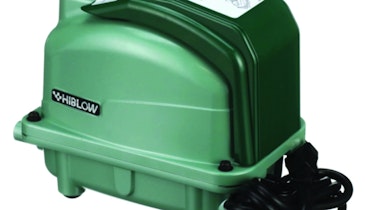Removing pathogens is the most critical part of wastewater treatment. Pathogens are organisms that cause disease; they include viruses, protozoa and bacteria. Examples in wastewater include salmonella, Vibrio cholera, Entamoeba histolytica, and cryptosporidium, although almost...
This article is part of the series: An Installer's Guide to Wastewater Characteristics
- The Installer’s Guide to BOD5
- An Installer’s Guide to Total Suspended Solids
- An Installer’s Guide to COD
- An Installer’s Guide to FOG
- An Installer’s Guide to Phosphorus
- An Installer’s Guide to Wastewater Pathogens
- An Installer’s Guide to Nitrogen






